General
Different Heart Conditions
Causes
Congenital Defects
Symptoms
Diagnosis
Special Tests
Treatment
Prevention and Management
GENERAL
Cardiomyopathy is the name given to any disease affecting the heart muscle. This is the most common form of heart disease seen in cats, and the most common cause of feline heart failure. It occurs more often in cats 5-7 years of age, although cases have been reported between 3 months — 17 years.
DIFFERENT HEART CONDITIONS
Hypertrophic Cardiomyopathy (HCM) – HCM is the most common form of heart disease in cats and occurs where there is an increase in the thickness of the muscular wall of the heart. This reduces the volume of blood within the heart and prevents the heart muscle from relaxing properly between contractions.

Dilated Cardiomyopathy (DCM) – DCM is where the muscular wall of the heart generally becomes thinner than usual, the heart enlarges, and the heart muscle cannot contract effectively.
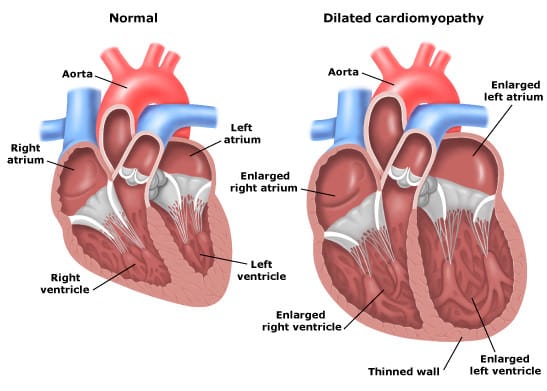
Restrictive Cardiomyopathy (RCM) — For RCM, there is a fibrosis in the wall of the heart, making it stiff and inelastic thus preventing the heart chambers from filling normally.
Intermediate Cardiomyopathy (ICM) — In cases of ICM there is a mixture of both hypertrophy and dilation present at the same time.
Feline Aortic Thromboembolism (FATE) – A thrombus (blood clot) may develop within one of the heart chambers (usually the left atrium) in a cat with cardiomyopathy. This occurs mainly because the blood is not flowing normally through the heart. The clot is initially attached to the all of the heart, but may become dislodged and be carried into the blood leaving the heart. A thrombus that moves into the blood circulation is called an embolus. Once in the circulation, these emboli can lodge into small arteries and obstruct the flow of blood to regions of the body. This obstruction commonly occurs to the back legs.
CAUSES
- Hyperthyroidism (overactive thyroid gland)
- Hypertension (high blood pressure)
- Acromegaly (excessive growth hormone production)
- Taurine deficiency (Causing dilated cardiomyopathy)
- Lymphoma (cancer)
- Exposure to toxins
- Heartworm
CONGENITAL DEFECTS
Most feline heart disorders are acquired throughout the cat’s life, but others are present at birth. While congenital feline cardiac disease is relatively rare, the most common disorder are heart valve malformations and holes in the septa. Abnormal valve development most often involves the mitral valve, located between the left atrium and left ventricle. While structural problems can occur, the result is typically a valve that cannot close properly and thus allows blood to leak backward into the atrium. Holes in the septa most frequently affect the membrane partitioning the right and left ventricles and may also cause the inappropriate flow of blood between the heart and chambers.
SYMPTOMS
- Loss of appetite
- Lethargy
- Weak pulse
- Difficulty breathing (short/rough/snapping breathing sounds/crackles)
- Inability to tolerate exercise or exertion
- Abnormal heart sounds
- Sudden hind-limb paralysis with cold limbs due to clots in the terminal aorta
- Bluish discoloration of foot pads and nailbeds
- Sudden collapse
DIAGNOSIS
Your veterinarian will listen to the cat’s heart to see if any of the following are present:
- A heart murmur — this is an abnormal noise that develops due to turbulence in the flow of blood through the heart
- A gallop rhythm — during each cycle of the heart contractions, normally you can hear two sounds associated with closure of the heart valves during contraction and relaxation of the heart. With significant heart disease, a third audible heart sound is sometimes detected and this is referred to as a ’gallop sound’ or ’gallop rhythm’
- Abnormal heart rate — the heart rate can sometimes significantly increase or decrease outside of the normal range for a cat, and sometimes there may be heart beats without any effective flow of blood (a heartbeat but no pulse detectable in an artery. This is known as a ’pulse deficit’
- Cardiac rhythm disturbances — these are also referred to as cardiac dysrhythmias. With heart disease, there can be interference in the normal electrical impulses that control heart conditions; this can lead to disturbances to the normal rhythm.
SPECIAL TESTS
- Electrocardiogram (ECG) – this is an electrical trace of the heart activity. It can be very useful for the detection of cardiac rhythm disturbances.
- Radiography (X-Rays) – X-rays are helpful for showing changes in the overall shape and size of the heart, and for detecting a buildup of fluid (pulmonary edema or pleural effusion). Repeating radiographs may also allow monitoring of the efficacy of any treatment
- Ultrasound (echocardiography) — this is very helpful as it allows a view of the internal dimensions of the heart, the wall thickness, and the contraction of the heart to be assessed. It can also show where a heart murmur is originating from. This is the only test which can readily distinguish between different types of heart disease in cats
TREATMENT
If there is a diagnosis of HCM, your cat will be hospitalized for appropriate care. Medications such as Diltiazem, ace inhibitors, Warfarin, Furosemide, or Nitroglycerin ointment may be prescribed to aid in recovery. The underlying cause of cardiomyopathy is only rarely treated, however, if it develops secondary to taurine deficiency in the diet or to conditions such as hypertension or hyperthyroidism, then treating the underlying disease may improve cardiac function.
PREVENTION AND MANAGEMENT OF CAT HEART ISSUES
Regular veterinary checkups are a key component in keeping your cat’s heart healthy along with feeding a heart healthy, biologically appropriate diet. If your cat does have heart disease, they should be put on a sodium-restricted diet to keep the pressure in the blood stable. Providing a quiet and safe space away from other pets and active children is important for recovery as well. Environmental stress may activate the nervous system, placing excess stress on the already over-stressed left ventricle, and possibly leading to heart failure. You will need to monitor your cat closely during the recovery period, watching for difficulty breathing, lethargy, weakness, lack of appetite, and painful hind-limb weakness or paralysis.
This material is provided for educational purposes only and is not intended to diagnose or treat any disease or condition. All specific treatment decisions must be made by you and your local, attending veterinarian.
RELATED PRODUCTS
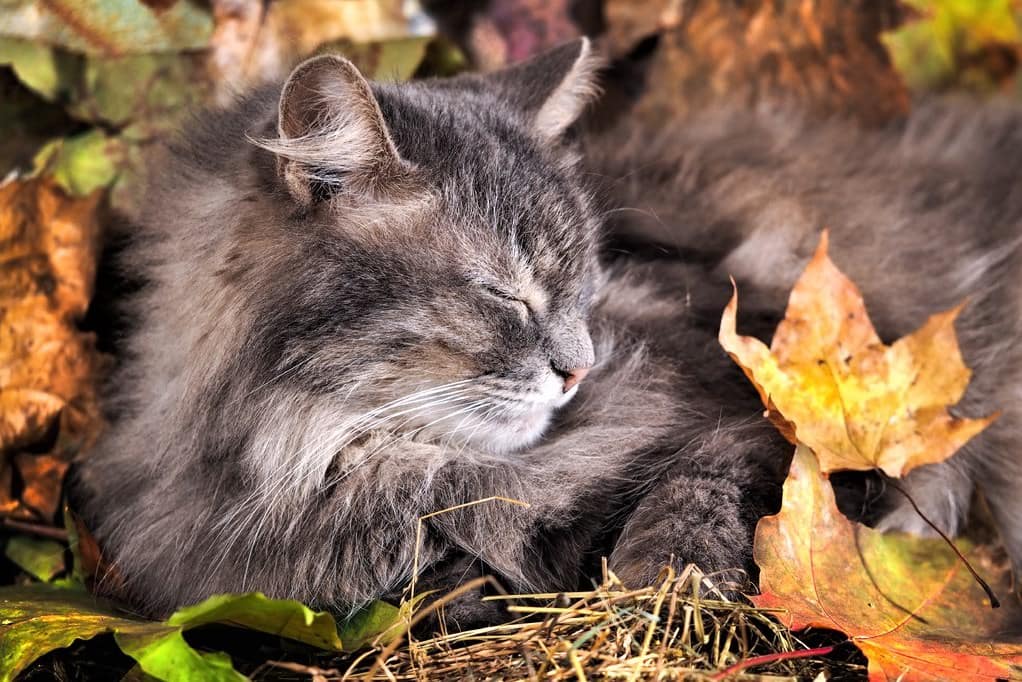



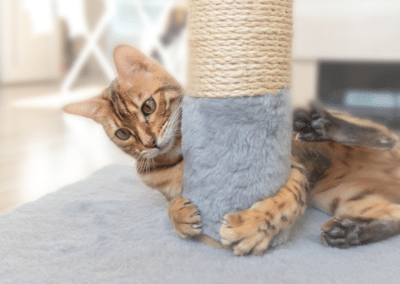
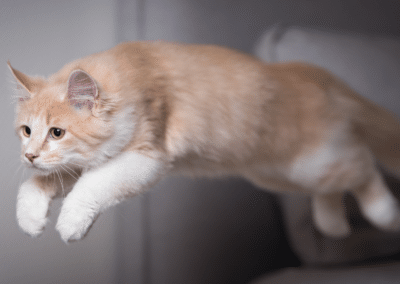


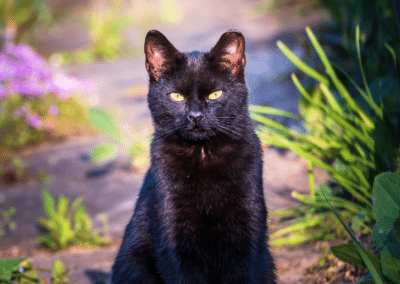
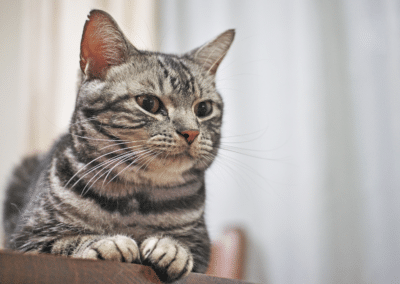

0 Comments